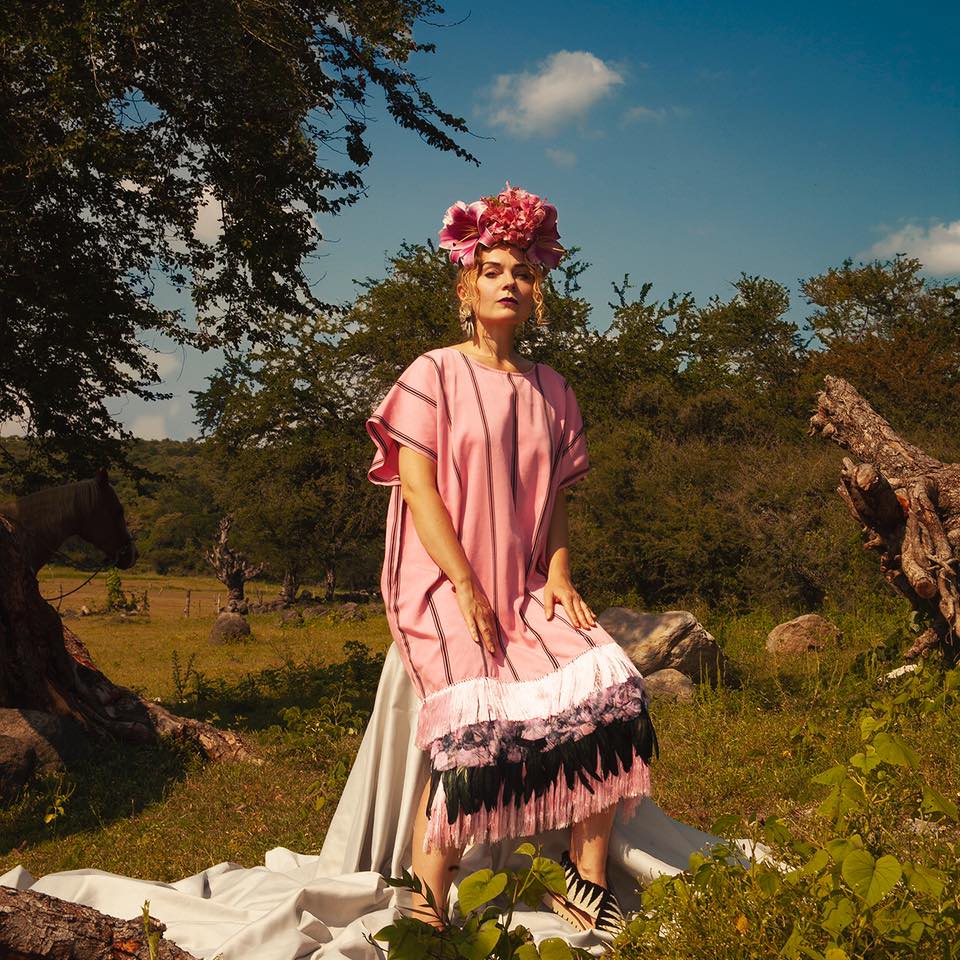Biography
Merike Estna incorporates performance and moving images in her installations, recombining and remixing various art-making techniques. Born in Estonia, she completed her art education (masters’ degree) at Goldsmith College in London where she works and lives now. Her installations contain traditional painting, with which she initially started but later turned into a component of larger and much more complex exhibits. For her it is important to leave the consideration of the paintings as open to the viewer as possible. In the videos she shows the canvasses off of their stretchers, crumbled up in various landscapes, “adventurous” as she describes them since rather than depicting a landscape, they become part of it.
Merike has represented Estonia in a series of group exhibitions, among them the Prague biennale, the Biennale of Young Artists in Tallinn, “No Borders” organised by the International Association of Art Critics in Belgium, Greece and Spain, the contemporary Estonian art exhibition in Guangzhou, China and many more, and has won a number of international prizes.
Her latest solo project The House of the Tragic Poet is an investigation into painting, craft, techno-romanticism, history and mythology within the domestic, the female and the everyday. Curators say she incorporates digital visual idioms within more traditional mediums (panting or textile) toying with the boundaries between figuration and abstraction or presence and absence.


Merike has represented Estonia in a series of group exhibitions, among them the Prague biennale, the Biennale of Young Artists in Tallinn, “No Borders” organised by the International Association of Art Critics in Belgium, Greece and Spain, the contemporary Estonian art exhibition in Guangzhou, China and many more, and has won a number of international prizes.
Her latest solo project The House of the Tragic Poet is an investigation into painting, craft, techno-romanticism, history and mythology within the domestic, the female and the everyday. Curators say she incorporates digital visual idioms within more traditional mediums (panting or textile) toying with the boundaries between figuration and abstraction or presence and absence.






